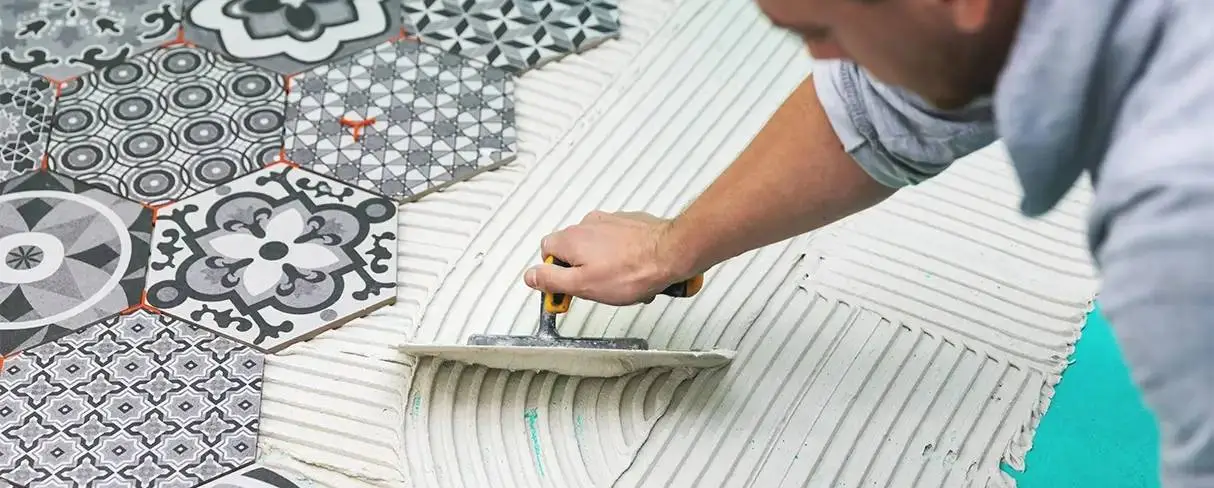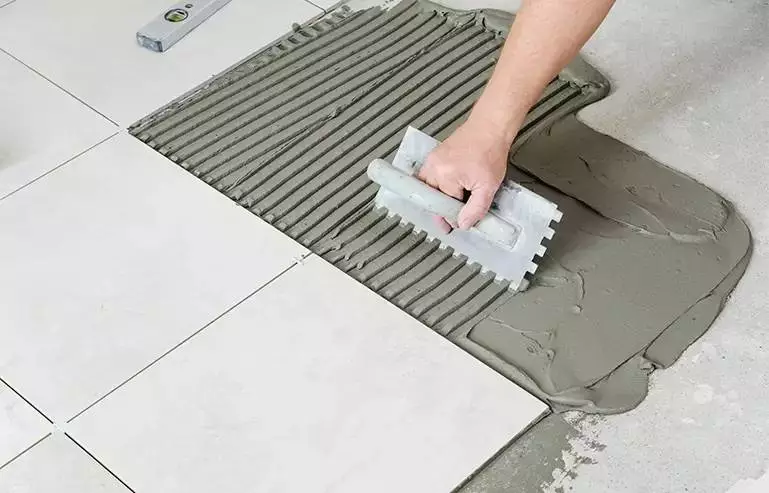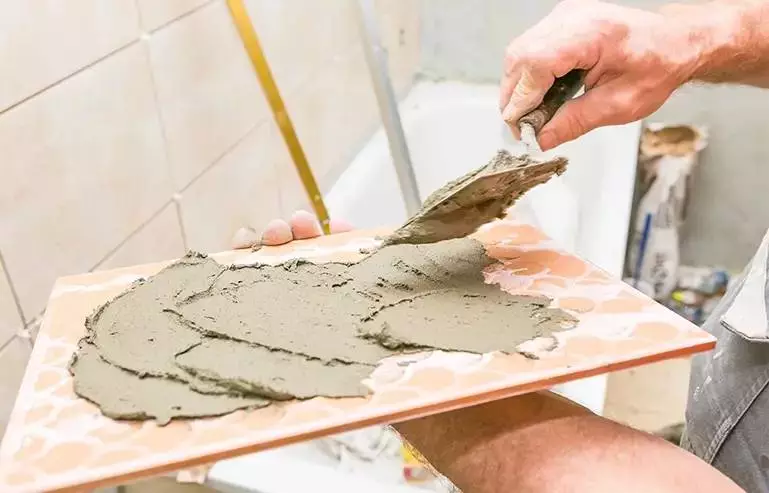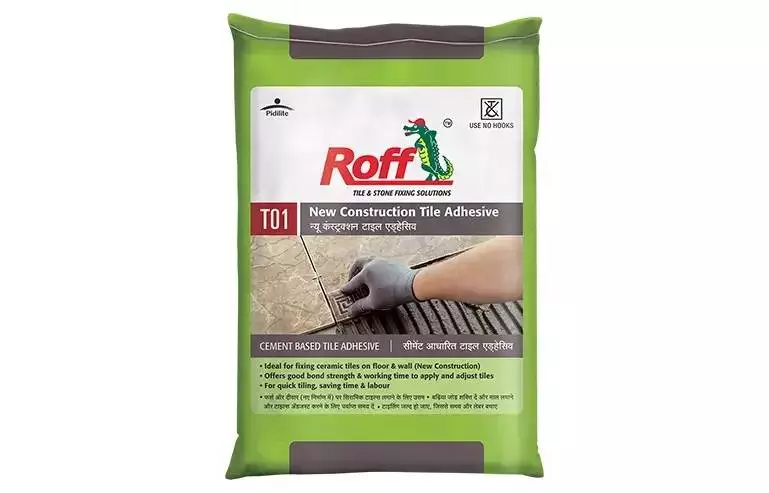
Menu
Edit
ADDRESS
Pidilite Industries Ltd,
Ramkrishna Mandir Road,
P.O. Box No. 17411,
Andheri (East) Mumbai – 400059
Check out the biggest trends of the season and our expert take on them.

We’ve been installing tiles and natural stones with the conventional mix of sand, cement, and water for decades. As technology advances, so do the methods & techniques of construction. Fortunately, incorporating adhesives while installing tiles and natural stones has made things quite simpler and quicker.
These days, specialised adhesives are used for tile installation on floors and walls at domestic and commercial places. Using these adhesives ensures that tiles adhere properly to the base surface. Specialised tile adhesives keep the tiles in place and intact for a long time without any bonding failures.
To understand the importance of tile adhesives, let’s first learn about the changing trends of tiles.
Interior design has evolved significantly over the years. Tiles, an essential aspect of today’s decor, have seen a transition from traditional styles and designs to technologically enabled designs.
The use of tiles dates back to 4000 BC when technology was still in its early stages. At that time, glazed clay bricks were used to beautify the surface of Egyptian towns. These bricks were primarily utilised in churches, mansions, and other significant structures. These bricks were, however, permeable and brittle.
When it comes to the history of tiles in India, they were first seen at the end of the 13th century, and the industry has evolved significantly since then. Ceramic and vitrified tiles are now an essential aspect of home improvement because they can drastically improve the appearance of your interiors.
Over the years, ceramic and vitrified tiles have made progress in terms of style, finish, colour, size, shape, texture, design, application, and so on. Besides these options, natural stones are trending for interior and exterior wall claddings as they help architects and homeowners to bring out the intended look and feel. It is not just the aesthetic quotient but these layering materials offer insulation and possess anti-bacterial and anti-fungal properties.
Since these materials are expensive, it is important to ensure they are properly installed. The role of adhesives in this regard is crucial. Today, you have two options for tiling – cement and tile adhesives. Let’s understand the difference between cement and tile adhesive.
Cement is a popular binding material that sets, solidifies, and adheres to various other construction materials to bond them together. On the other hand, tile adhesives are ready-to-use substances that are simply mixed with water, and they are ready for laying tiles.

Cement is a highly porous material that more than 90 per cent of its pores are interconnected. So, when you use ordinary cement slurry made with a mixture of water and sand, it creates an uneven surface and leaves voids beneath the tiles upon drying and shrinking. This causes inefficient bonding which translates into cracks over a short span and ruins the aesthetic appeal due to the de-bonding and cracking of tiles.

Besides, making a cement slurry consumes a lot of time and materials like sand and water, and creates a messy floor at the place of construction. This is not the case when you use Roff tile adhesives. These adhesives for tiles have been a game changer for keeping the tiles secure on the
substrate, giving better pay-off.
They form a fine paste that distributes evenly across the tile to provide a consistent & even bonding and a sturdy foundation throughout the entire surface. Furthermore, tile adhesive does not require water curing, allowing tiles to set faster.
So, working with cement is time-consuming, inefficient, and inconvenient as compared to tile adhesives.
3. How Roff Can Help?
Roff is the market leader in adhesives and offers different types of tile adhesives for different applications. Our range of tile adhesives is formulated to eliminate the challenges of traditional ways of laying tiles on the surface and give you high performation formulations that are easy to work with. Roff New Construction Adhesive (NCA) is one product that is highly preferred for indoor application to fix high-porosity tiles such as ceramic & terracotta and natural stones.

Some of the features & benefits of this product are:
⦁ Ready to use
⦁ Self-curing properties
⦁ Excellent adhesion and low shrinkage
⦁ Water-resistant property, making it suitable for wet areas
For any assistance or query, connect with us at 1800 2255 02 or mail us at info@roff.in. Our team will get in touch with you and assign a site visit if required.